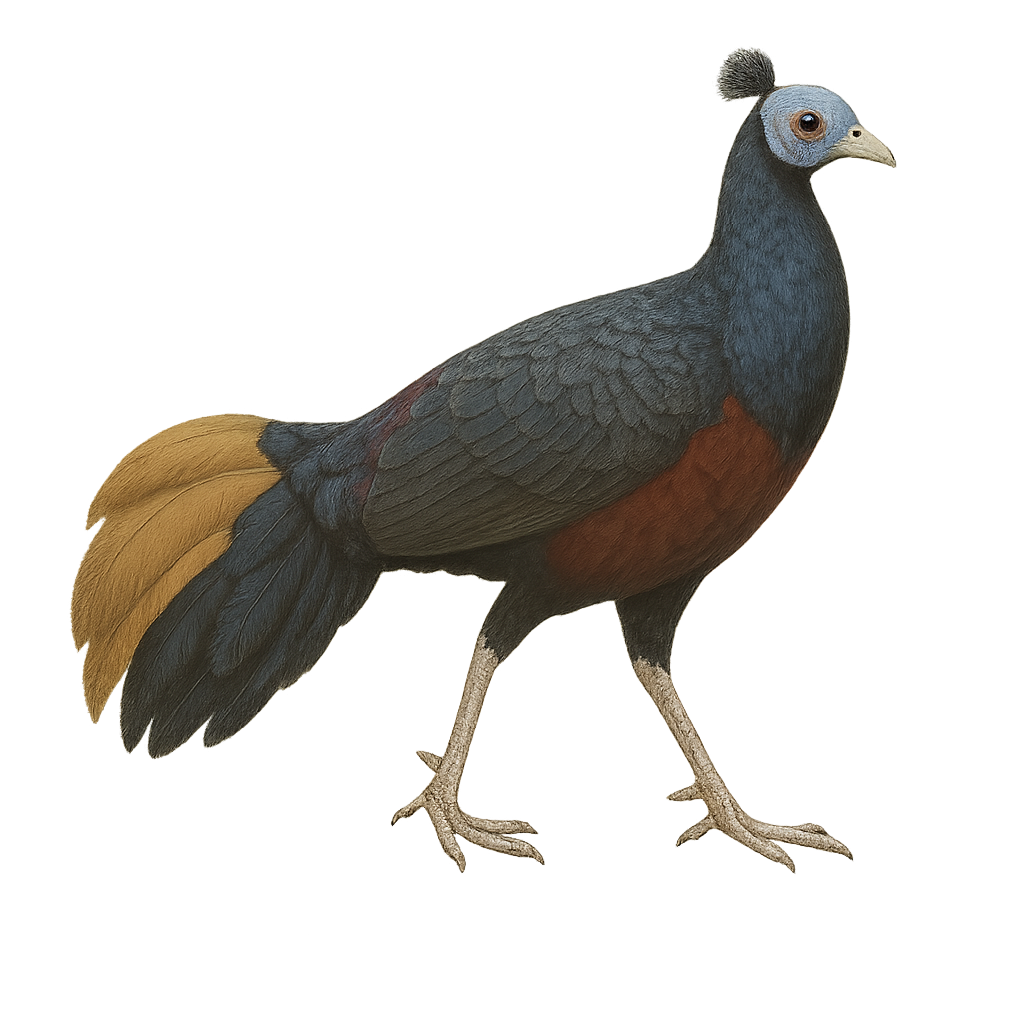Your wildlife photography guide.
Explore the crested fireback in detail, study its behavior, prepare your shots.
Where to observe and photograph the crested fireback in the wild
Learn where and when to spot the crested fireback in the wild, how to identify the species based on distinctive features, and what natural environments it inhabits. The WildlifePhotographer app offers tailored photography tips that reflect the crested fireback’s behavior, helping you capture better wildlife images. Explore the full species profile for key information including description, habitat, active periods, and approach techniques.
Crested Fireback
Scientific name: Lophura ignita

IUCN Status: Near Threatened
Family: PHASIANIDAE
Group: Birds
Sensitivity to human approach: Suspicious
Minimum approach distance: 10 m
Courtship display: February to March
Incubation: 24-26 jours
Hatchings: February to April
Habitat:
Tropical forests, dense forests, undergrowth
Activity period :
Primarily active during the day, with peak activity in the morning and late afternoon.
Identification and description:
The Crested Fireback, or Lophura ignita, is a striking bird known for its vibrant plumage and elegant stance. Native to the tropical forests of Southeast Asia, it is distinguished by its vivid colors, including a metallic blue back and orange breast feathers. Males feature a distinctive crest and spurs on their legs, while females are more subdued with brownish hues. These birds live in small groups and are often seen foraging on the ground for seeds, insects, and small invertebrates. Their habitat is primarily in dense forests, where they find shelter and food. Although they are relatively tolerant of human presence, their population is threatened by deforestation and hunting.
Recommended lens:
400 mm – adjust based on distance, desired framing (portrait or habitat), and approach conditions.
Photography tips:
To photograph the Crested Fireback, it is advisable to use a telephoto lens of at least 400mm to capture the details of its plumage without disturbing it. Look for areas of natural light filtered through the foliage to highlight its vivid colors. Be patient and discreet, as these birds can be suspicious. A tripod can be useful to stabilize the camera, especially in the undergrowth where light is often low.
The WildlifePhotographer App is coming soon!
Be the first to explore the best nature spots, track rutting seasons, log your observations, and observe more wildlife.
Already 1 430 wildlife lovers subscribed worldwide

